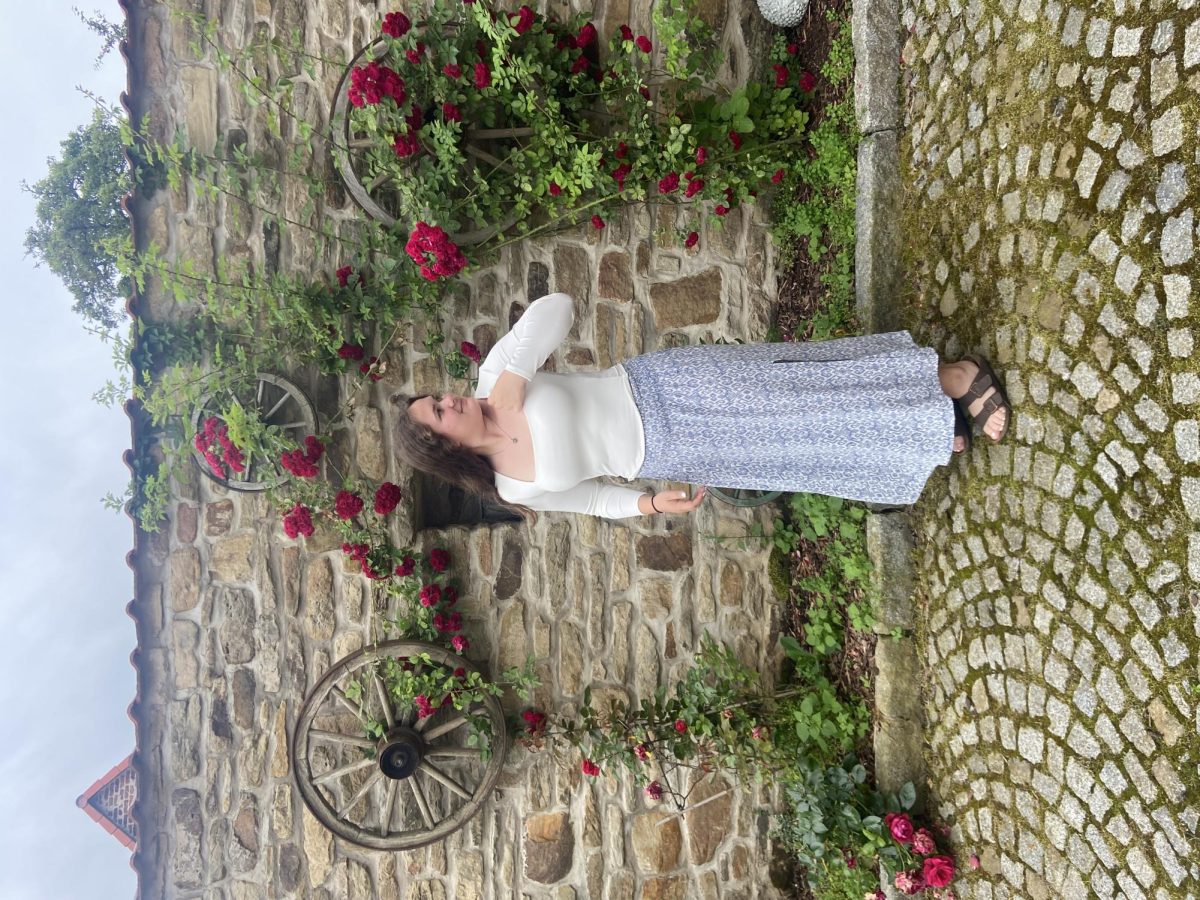Turkey Population Increasing Madly
January 23, 2021
Turkey sightings are on the rise throughout New Hampshire, possibly because of the coronavirus pandemic. Turkeys are a very familiar sight in the roads or the backyard. Harriman Road in Plaistow is covered by turkey families.
Wild turkeys totally disappeared from New Hampshire 150 years ago because of habitat loss and the lack of a fish and game department to regulate hunting seasons. According to Boston News, “The New Hampshire Fish and Game Department said results from its 2020 winter survey reflect 2,309 flocks totaling 40,476 turkeys statewide. That was more than four times as many turkeys counted in 2019.”
Driving through the back roads in Atkinson, Danville, Plaistow, and Sandown you see so many turkeys crossing. You might have to slow down or stop in your car because there is a family of turkeys just standing in the middle of the roads. We must beep and then they move.
According to Allison Keating, a state turkey biologist, “With many people spending more time at home last winter, there was an increase in backyard bird feeding as well as bird watching, which may have contributed to the uptick in reports,” According to Northern Nesters, Turkeys roam the ground in flocks, eating shrubs, acorns, cherries, seeds, berries, grass, and insects are important foods. They also eat corn, rye, oats, and alfalfa. In winter they feed on sensitive fern, fertile stalks, waste corn, and persistent fruits such as barberry, rose hips, and dried apples. They eat many insects, and a flock of turkeys can be a great pest control for a yard. This helps keep the population from overcrowding.
Turkeys are a key animal to our environment. We need to watch out for them while driving and keep our woods an open home for these big birds.
